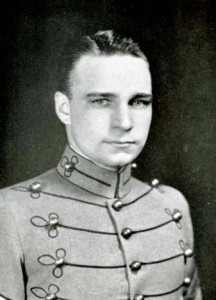 Walter “Fet” Fetterly arrived in 1922 and spent two years at Pennsylvania Military Prep School before starting PMC and graduating in 1929. He was not an outstanding athlete, but was known more as on organizer of military and social events. Fetterly was, however, an outstanding rifleman and Captain of the Rifle Team during his senior year. This team went undefeated and Fetterly led them to PMC’s first Eastern Championship and the Hearst Trophy.
Walter “Fet” Fetterly arrived in 1922 and spent two years at Pennsylvania Military Prep School before starting PMC and graduating in 1929. He was not an outstanding athlete, but was known more as on organizer of military and social events. Fetterly was, however, an outstanding rifleman and Captain of the Rifle Team during his senior year. This team went undefeated and Fetterly led them to PMC’s first Eastern Championship and the Hearst Trophy.
Fetterly joined the Army and was assigned to the 114th Infantry Regiment. In February 1945, he was awarded the Bronze Star Medal for “meritorious achievement … in the face of determined resistance from strongly fortified enemy positions, in addition to the hazards of extensive minefields along the axis of advance, the Second Battalion, under Lt. Colonel Fetterly’s direction, was able to secure its assigned objective. When heavy casualties were sustained and one company had lost all its officers, Fetterly quickly reorganized his battalion, assigning duties to new leaders and changing the plan of attack to meet the situation on the ground, and led his battalion in the assault which resulted in the capture of Bellevue and Brandelfingerhoff Farms.”
In April 1945, the end of the war was close at hand. The difficult and dangerous mission Lt. Colonel Fetterly received may have surprised him. He was to command a Task Force, consisting of the 2nd Battalion, 114th Regiment, 44th Infantry Division reinforced with light tanks and armored cars from 106th Cavalry Group, and Company C from the 776th Tank Destroyer Battalion equipped with M36 “Slugger” Tank Destroyer. The mission of the Task Force was to break through German lines and drive 60 kilometers (37 miles) through enemy held territory to liberate POWs at Stalag IX-B, in Bad Orb. The Task Force was to proceed with all deliberate speed avoiding contact with the enemy. With elements of the 106th Cavalry in the lead, the attack started well. On occasion, the Task Force experienced occasional resistance, but they were not slowed down and they rejoined the Cavalry in Bad Orb. On April 2, Fetterly and the Task Force liberated 6,000 Allied soldiers, of which 3,364 were American. What they found was shocking.
Stalag IX-B was appallingly overcrowded and the available food supply was inadequate for the prisoners. The 160-man barracks were so overcrowded that soldiers had to take turns sleeping. Each barrack had only one water tap and one hole in the ground which was used as a toilet.
For many, the liberation did not come soon enough.
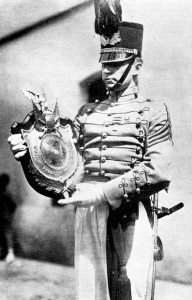
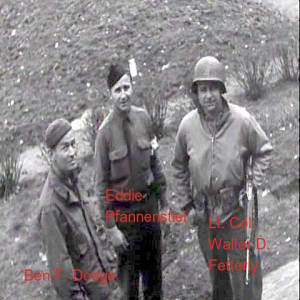
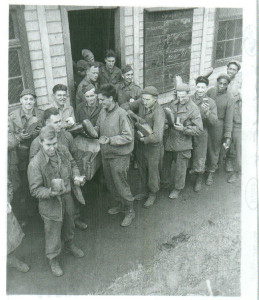
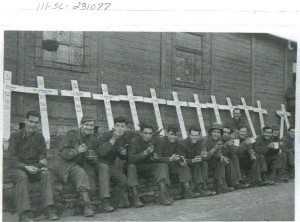
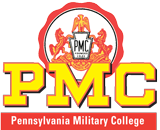

[…] https://pennsylvaniamilitarycollege.org/walter-d-fetterly-pmc-29-the-liberator-of-stalag-ix-b/ […]